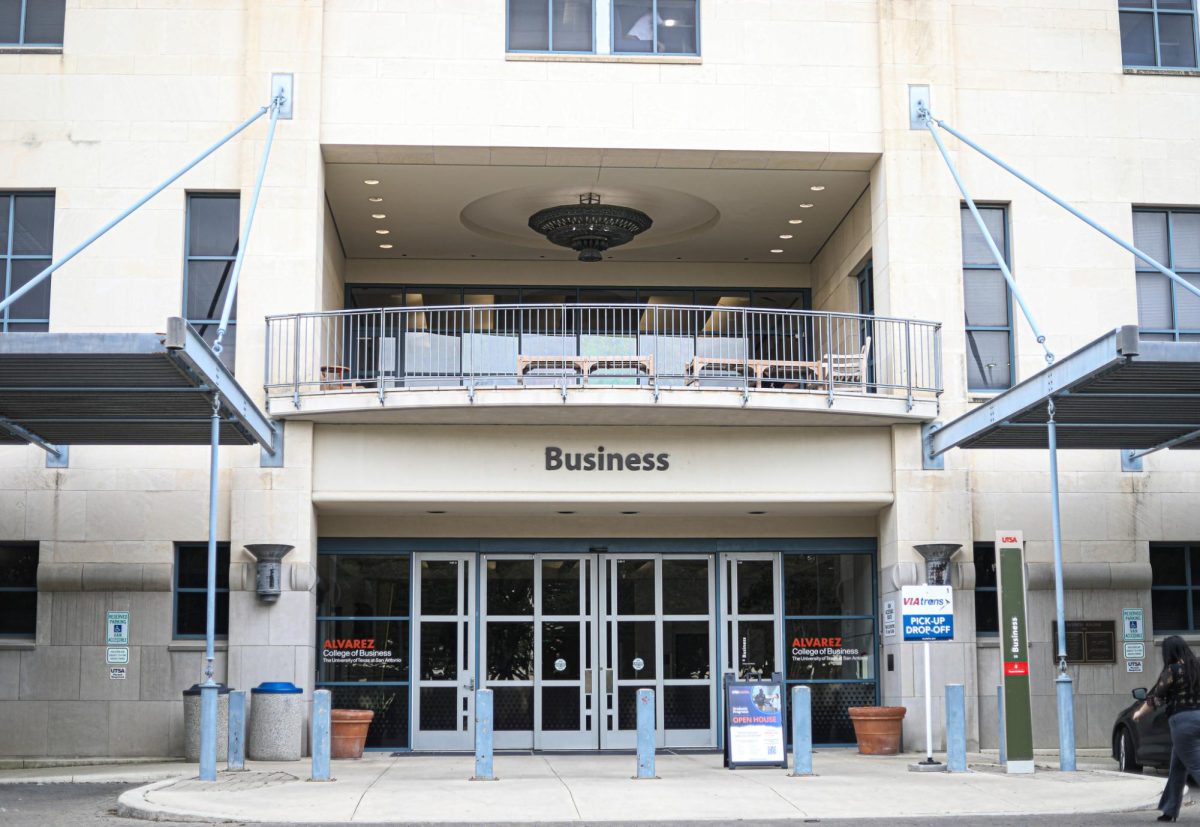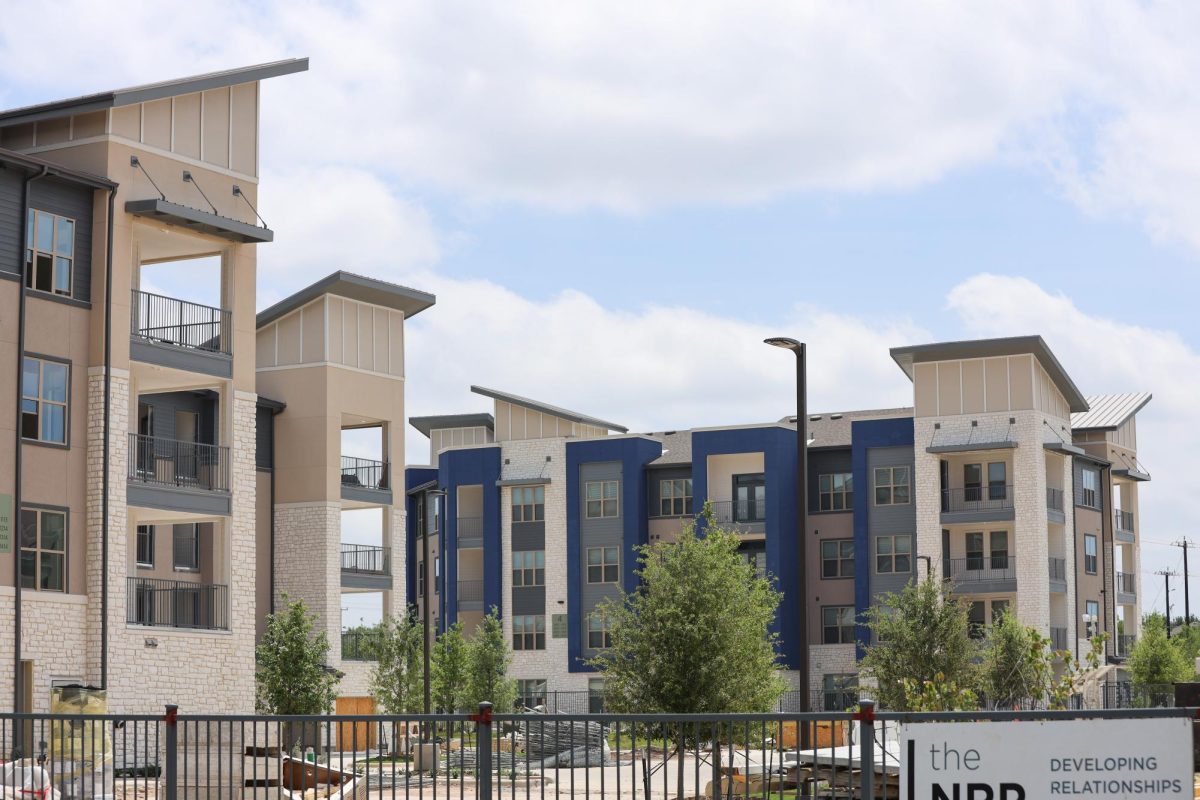As summer draws to an end and colleges across the nation open their doors for the new school year, America’s popular news magazines post their rankings of our nation’s best colleges.
This year, UTSA was ranked in both Forbes and U.S. News’ “Best Colleges and Universities,” but it dropped several percentage points from previous years. It is important to note that all schools included on the list rank among the best in the country. The Forbes website states that “Appearing on our list at all is an indication that the school meets a high standard.”
Typically, these rankings take into account several factors including student satisfaction, post-graduate success, student debt, four-year graduation rates, and competitive awards the university has received.
David Gabler, assistant vice president of university communications, believes that UTSA’s drop in the rankings is nothing to be concerned about, especially since UTSA still ranks in the top 10 percent of all colleges and universities in the United States.
“One has to be careful about shopping for schools using these rankings. There are generally three major factors that go into these ranking systems: fame, wealth, and exclusivity. Older institutions have advantages such as more alumni and larger endowments. Also keep in mind that moving up in the rankings is a marathon, not a sprint.”
It is true that UTSA is among the newest public universities among the list, and the UTSA endowment of $54 million seems miniscule when compared to other Texas universities such as UTEP ($151 million), Texas Tech ($736 million), and Texas A&M ($5.1 billion).
Each ranking system does use similar data, but no two are the same, and the methodology often changes from year-to-year making direct comparisons difficult. Forbes for instance, places a high emphasis on average salaries of graduates posted on payscale.com, while U.S. News favors undergraduate academic reputation.
So what does it take to make it to the top of the list? Forbes’ #1 pick this year is Williams College, a small liberal arts college in the Birkshire Mountains of North-West Massachusetts. Williams has just over 2,100 students but maintains a faculty of over 300, giving the college a 7:1 student faculty ratio compared to the 25:1 ratio of UTSA. It also keeps the average student loan debt low by replacing all student loans with grants.
Not everything about the rankings is as straight forward as it seems though. Associate Vice Provost for Institutional Research Dr. Gerry Dizinno believes that these rankings can be deceptive even if they have the best of intentions.
“The problem with some of the more sophisticated rankings is they act as if they have a formula. The ratings themselves underlying these rankings are up to question. I would be amazed if we ever ranked very high because they favor more traditional institutions,” Dizinno said.
Younger schools like UTSA do not fit the traditional university model. Many of UTSA’s students are transfer students, work part-time, and come from lower economic backgrounds than other similar size doctoral-degree granting institutions.
“Our selectivity went from basically an open door institution in 2004 to what is expected to be an 80 percent acceptance rate in 2010,” Dizinno said. This allows us to actively recruit model students that have the aptitude, interest, and motivation to succeed here.”
Dr. Randall Manteufel, a member of the Executive Committee of the Faculty Senate, was surprised to hear about UTSA’s drop in rankings, but believes that UTSA has become too big, too fast and has admitted too many students that are not likely to graduate.
“This university purposed to get big before it got good, so they’ve admitted a lot of students that had low probability of earning a degree and accepted their tuition and fees for the freshman and sophomore year with the knowledge that they are not likely to graduate,” Manteufel said.
He also believes that the university spends too much money on unnecessary and impractical programs.
“They let their administration bloat. Too many administrators, too many administrative assistants, and too many programs that really don’t impact students. I see some of these programs as not helping that much and then adding to the overhead tuition and fees, costing the students more money.”
Dizinno admits it is hard for the university not to appear defensive when explaining the drop in rankings, but he says there is definitely room for improvement.
“Anytime we’re asked these questions about rankings, I will try to explain in detail why I find them to be lacking in one way or another. It’s hard to come off as anything other than “You’re being evasive,” he said.
It’s really hard to do that. Do we need to improve? Yes. Do we want our students to be satisfied with their classes? Absolutely. Should they be more satisfied than they are now? Absolutely, there’s no doubt about it. We should improve, but not just for the rankings,” Dizinno said.
Gabler added, “I think everybody here is committed to building degree equity.”
Degree equity is important for a young institution like UTSA that is competing with several other notable universities in Texas for Tier One research status. In many of the rankings, UTSA was ranked lower than other Texas Tier One hopefuls. Compared with many of these schools, UTSA lagged behind in areas such as four-year graduation rates. Dizinno believes this should be a priority for UTSA to be a serious competitor.
“The four year graduation rate of 30 percent isn’t going to cut it for a Tier-One institution. If you want to achieve Tier One, we’re talking about mid-fifties to mid-sixties as a median as something you want to shoot for. We have to do more for our students. We have to have the right kind of students and we have to do more for the students that we admit to ensure that they stay engaged,” he said.
Perhaps more important, are the students viewpoint of the rankings system. Electrical Engineering Sophomore Chike Agbatekwe does not pay much attention to college rankings, but still thinks that the rankings are still somewhat important for UTSA.
Agbatekwe explains, “They reflect the performance of our school. You don’t want to be a student going to a school on the bottom of the list. The rankings are very important as far as our image goes. If the administration is not keeping in mind that we do need to stay on top, then we will not be on top.”
Music Education Sophomore Ruben Orduno, stated, “For a high school senior looking to go to a really good college that sees UTSA on the bottom and sees other universities on top, they might think to themselves, I don’t want to go to UTSA, they’re at the bottom so I’m going to go someplace else.”
As the rising cost of attending higher education institutions continues to increase, prospective students and their families may be more inclined to look to sources like Forbes and U.S. News to assist in picking the college that fits their needs and their budgets.
Rankings can be a double-edged sword and they can act as points of distinction, or a source of embarrassment.
As Music Education Junior Tim Gonzalez puts it, “You can go to a great school and not fit in and not do well because it’s just not you. You have to feel good and be comfortable where you are. Even if it’s not the best school in the nation.”











